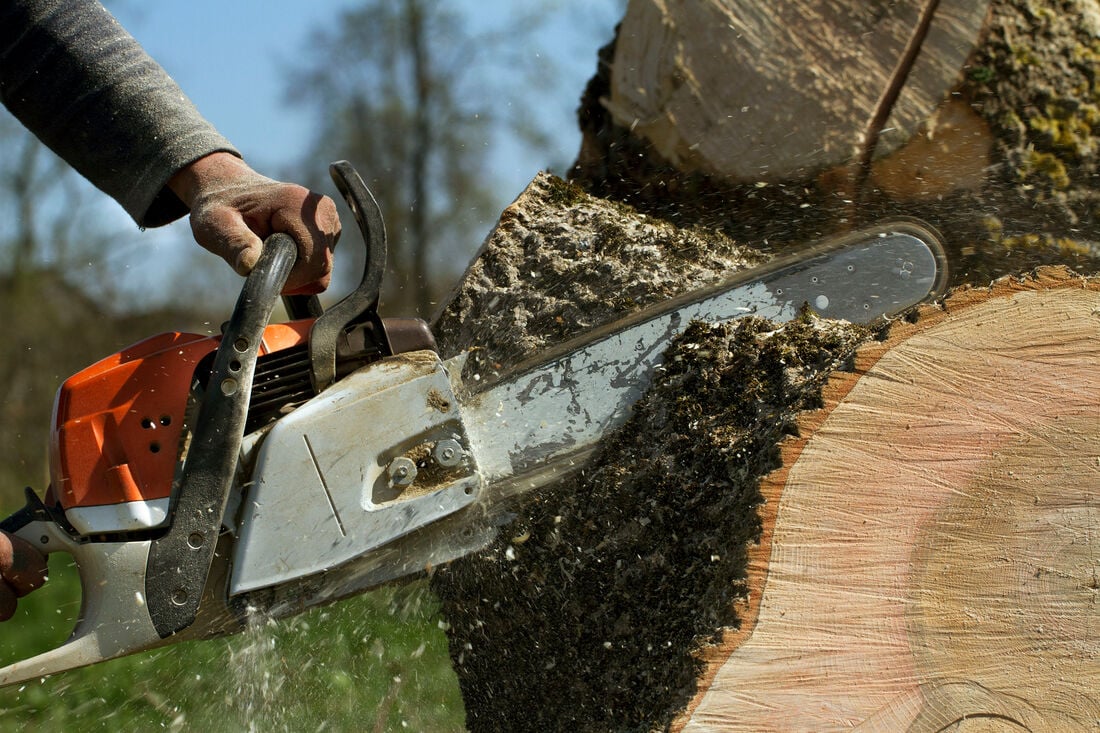. Guilford CT Tree Trimming and Removal Service Professionals.
Wiki Article
Understanding the Importance of Tree Preservation and Conservation Practices in Urban Areas
In the bustling landscape of city environments, trees frequently stand as silent guardians, providing a multitude of benefits that extend far past their visual appeal. Recognizing the value of tree conservation and preservation practices in these areas is not just an environmental consideration yet an all natural technique to fostering resilient and sustainable neighborhoods. As we explore the intertwined material of environmental, social, and financial benefits that metropolitan trees use, it becomes noticeable that their conservation is essential for the wellness of present and future generations. Let us get started on a trip to uncover the important duty that trees play fit the urban landscapes of tomorrow.Environmental Benefits of Trees in Cities
Trees in urban areas play a vital duty in giving various environmental benefits, contributing to the general wellness of city residents. This procedure aids reduce the concentration of hazardous gases, making the air cleanser and much healthier for citizens.
Furthermore, trees add to water monitoring by reducing stormwater drainage and dirt disintegration. Their origin systems absorb excess water, avoiding flooding and filtering toxins prior to they reach water bodies. This all-natural process helps keep water quality and safeguards aquatic ecological communities in metropolitan areas. Generally, the ecological advantages of trees in cities are vital for creating comfortable and lasting city atmospheres.
Social Importance of Urban Tree Conservation
In contemporary urban landscapes, the conservation of trees holds considerable social significance for fostering area health and enhancing quality of life. Urban tree conservation plays an essential function in creating rooms for social communication and neighborhood engagement.
Economic Value of Tree Conservation
The conservation and preservation of metropolitan trees offer considerable financial benefits that add to the overall monetary health of cities and neighborhoods. Urban trees offer a vast array of financial advantages that positively influence local economic situations. One significant economic advantage of tree preservation is the increase in residential or commercial property values. Trees boost the aesthetic allure of neighborhoods, causing greater residential or commercial property values and drawing in possible customers or tenants. Moreover, metropolitan trees help in reducing power prices by providing shade in the summertime and working as windbreaks in the winter months, thereby reducing the demand for heating and cooling down systems.Furthermore, trees play a crucial function in lowering stormwater overflow and reducing the effects of flooding, which can result in cost savings for cities in regards to infrastructure maintenance and repair. Urban trees also add to enhanced air high quality by taking in contaminants and releasing oxygen, leading to possible cost savings in healthcare costs related to breathing health problems. By spending and acknowledging in the financial worth of tree preservation, cities can promote sustainable advancement, enhance top quality of life, and produce more durable urban settings.
Approaches for Lasting Urban Tree Administration
A thorough method to sustainable metropolitan tree management involves integrating varied methods that focus on long-term environmental wellness and community well-being. Carrying out tree inventories and evaluations is crucial to understand city tree populations, their wellness, and upkeep needs.Neighborhood engagement plays a critical role in lasting city tree monitoring. Informing locals concerning the benefits of trees, organizing tree planting occasions, and including volunteers in tree treatment tasks cultivates a sense of ownership and stewardship. Partnership in between regional government, environmental organizations, and homeowners is key to developing and implementing efficient tree management plans.
Investing in green facilities, such as urban woodlands and green roofing systems, can offer multiple advantages, including enhanced air quality, stormwater administration, and urban heat island mitigation. RC Property Services Guilford CT. Incorporating trees into city planning and design procedures makes sure that trees are valued as essential elements of a resilient and healthy and balanced city atmosphere
Neighborhood Involvement in Tree Preservation
Area involvement is an essential element in cultivating lasting city tree management techniques and guaranteeing the long-lasting health and preservation of city tree populations. Engaging the neighborhood in tree conservation efforts can bring about increased understanding, admiration, and stewardship of trees within city areas. When locals proactively take part in tree upkeep, preservation, and planting initiatives, they create a sense of ownership and satisfaction in their regional atmosphere.Community participation click for info also promotes social cohesion and cooperation amongst citizens, neighborhood authorities, and ecological organizations, promoting a common duty for city tree preservation. By organizing tree growing occasions, instructional workshops, and volunteer opportunities, areas can function with each other to improve the metropolitan tree cover and produce greener, much healthier cities.
Conclusion
In verdict, urban tree conservation and preservation practices play an essential role in improving the ecological, social, and financial health of cities. By recognizing the value of trees in city areas and applying sustainable administration techniques, neighborhoods can enjoy the many advantages that trees supply. It is vital for stakeholders to proactively take part in tree preservation initiatives to ensure a greener and much healthier urban atmosphere for future and present generations.
Report this wiki page